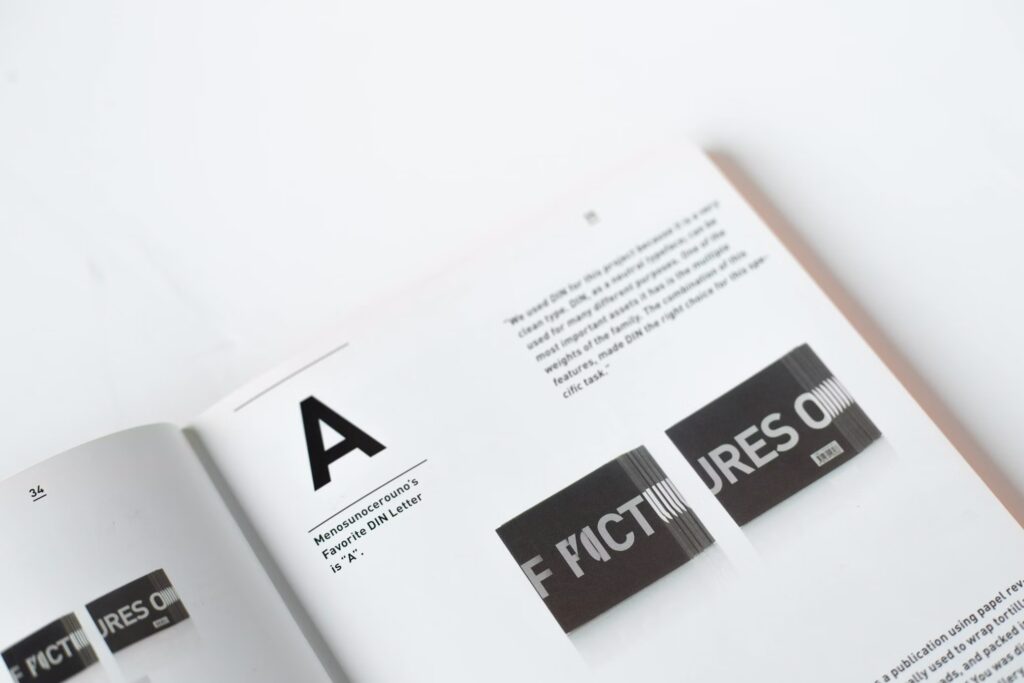
Minimalist fonts exhibit neatness in particular modern settings, whether it’s for branding, the web, product packaging, or mobile applications. The typography style is usually noticeable for its straightforwardness and nothingness which speaks of purity and clarity, hence the formal learning style is often used by professors for essays. This article will analyze the essential role played by minimalist fonts in today’s design world and how to set them to generate a clean and modern design.
Minimalist fonts are types of letters that emphasize simplicity in their form and lines. These fonts usually have clear shapes with no extra details or decorations, such as excessive curves or flourishes. Common examples of minimalist fonts include Helvetica, Arial, and Open Sans. The primary characteristics are minimalistic fonts are as follows:
To completely understand minimal fonts and use them to the fullest, you have to know the key characteristics that switch them up to a new level:
The following is a list of popular minimalist fonts that are mostly used in different kinds of design including but not limited to the following:
Minimalist fonts are attractive choices for clean, modern, and readable designs. Through retaining simplicity, these types of typesetting create orderly and classy-looking designs without appearing as pretentious. In a scenario where consumer experience and clear pictorial communication are becoming the norm, minimalist fonts afford the best option to achieve both art and utility.